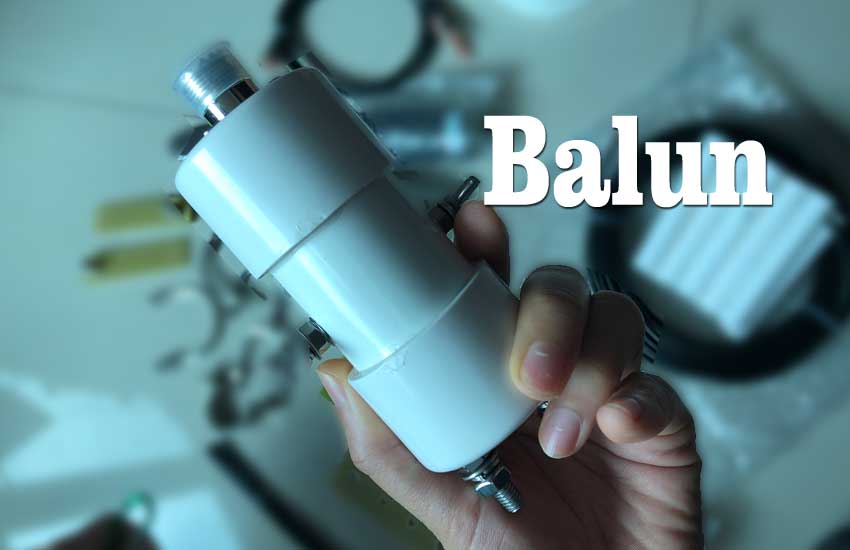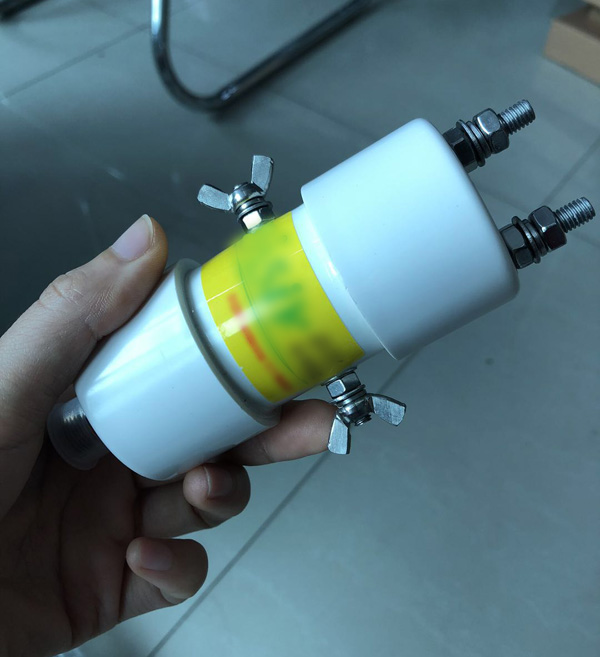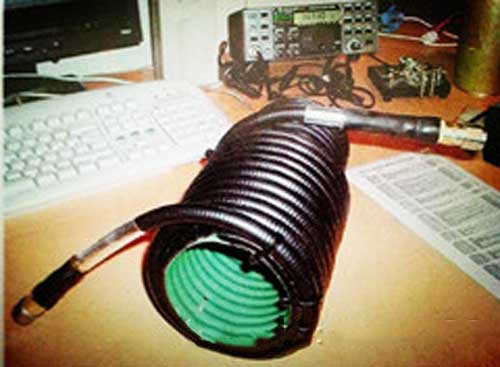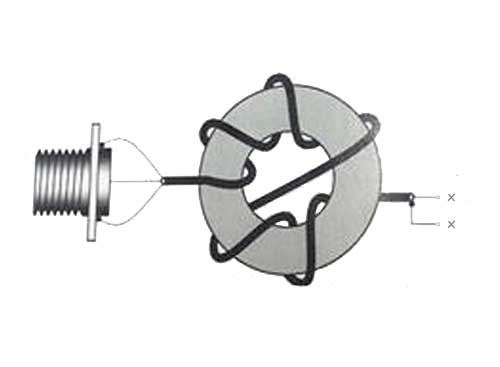+86 15093323284 hams@ailunce.com
What is the Balun

When building the antenna system, the expert HAM often mentioned Balun. For some new HAM, the term Balun is still relatively new. Let us briefly introduce it.
As an important part of the electronic system, Balun has a wide range of applications in the fields of RF, video and audio, not just for wireless communications. Balun, the full name is "balance to unbalance transformer". A balun is an electrical device that converts between a balanced signal and an unbalanced signal. Its essence is a transformer. Whose role in the circuit is to convert and match "an electrical signal that is relatively balanced with the reference ground" and "an electrical signal that is relatively unbalanced with the reference ground".
For example, in the video field, the Balun can convert the signal transmitted by the unbalanced coaxial cable into a balanced signal, so that the low-loss twisted pair can be used for transmission over a distance of more than 100m. In the professional audio field, an audio Balun can be used to convert an unbalanced signal to a balanced signal. At the same time, Balun is often used as impedance conversion in various application fields.
In the field of amateur radio communication, Balun plays a very important role in the antenna system. Since the transmission line theory and antenna theory are very complicated, we will only briefly introduce the phenomenon here. The output of most short-wave radio is unbalanced, and at the same time they also use the unbalanced coaxial cabel to transmit the signal. When the coaxial cable transmits signals, the signal is transmitted on the outer surface of the cable core and the inner surface of the cable shielding layer due to the skin effect. The currents are equal in magnitude and opposite in direction, so the shielding layer can prevent the signal from leaking out, outside the shielding layer. There should be no current on the surface and no radiation should be present outside the cable.
When using a dipole antenna, the two vibrators are considered to be balanced because the unbalanced coaxial cable is connected to the balanced dipole antenna, causing a mismatch. The signal originally transmitted on the inner surface of the cable shield is in addition to a part of the flow. The other part of the vibrator connected to it will flow to the outer surface of the shield. This part of the current is called the common mode current. Thus, the magnitude of the current on the two vibrators of the dipole antenna is inconsistent, and the common mode current is radiated from the outer surface of the coaxial cable shield, thereby changing the direction of the antenna radiation and affecting the overall quality of the antenna feeder system. Even more annoying is that the common mode current radiation will become a source of radio frequency interference, which will cause very serious interference to your home's electrical appliances, especially when the length of the coaxial cable is equal to 1/2 wavelength, resulting in common mode current radiation. The interference is the most serious. In order to solve these problems, it is necessary to match the coaxial cable and the dipole antenna, and we can use the balun to correct the signal on the transmission cable.

Balun is divided into two categories, one is the current-type balun and the other is the voltage-type balun.
The current-type balun is fabricated by suppressing the common mode current by increasing the impedance of the outer surface of the coaxial cable shield. One of the simplest current-type baluns is a turbulent balun made of coaxial cable. It is made of 3m -3 coaxial cable and side by side wild 7 to 8 circles then fix it with tape. Due to the winding, the outer surface of the shield of the coaxial cable is considered to be the conductor surface of an inductive coil, thus forming an inductor whose inductive reactance prevents the common mode current from flowing from the root of the antenna to the entire feed line, thereby suppressing the common mode current. Eliminate radio frequency interference. When winding such a turbulent balun, the cables are preferably arranged neatly so that they have a smaller distributed capacitance than the coils that are entangled. The turbulent balun wound by the coaxial cable can withstand substantially the same power as the cable itself, and the common mode current suppression effect is better in the entire short-wavelength, so in the amateur field. It is widely accepted and applied.

In addition, a coaxial cable or an insulated twisted pair (enameled wire) can be wound around a magnetic ring or a magnetic bar to form a turbulent balun. Due to the use of a magnetic material, the balun has a relatively high inductance and suppresses the common mode current. Can have better results, many products balun adopt this scheme. However, due to the special characteristics of the magnetic material, the balun can withstand limited power and pay attention to the description of the product when purchasing. In addition, most of the information about this kind of balun comes from abroad. It is not easy to buy the magnetic materials used. In terms of performance, although domestic magnetic materials can also be applied, the parameters of domestic magnetic materials and the magnetic materials used in foreign materials. There may be differences in materials, so you need to carefully choose the materials you want to make.

Another type of turbulent balun was invented by W2DU. He put a series of ferrite beads on the outside of the coaxial cable, which can effectively achieve the effect of suppressing the common mode current. However, like the problem of the magnetic ring balun, at high power, the heavily unbalanced antenna feeder system will cause the magnetic beads to heat up, and even the magnetic beads near the root of the antenna may be damaged.
In order to suppress the common mode current on the outer sheath of the coaxial cable, it is also possible to apply a metal choke to the coaxial cable starting from the feeding point of the antenna, at a distance of 1/4 wavelength from the antenna and the coaxial cable. The skin is connected. This creates an RF open-circuit structure that provides the best turbulence. However, because the length of the choke must be 1/4 wavelength, this scheme is only suitable for single-band antennas, and in the short-wavelength band, its length will become longer as the band decreases, and it is difficult to make in amateur conditions, so it is rarely There is HAM adoption.
The voltage type Balendo is made of a different kind of insulated wire (enamel wire) wound around the magnetic material. Like the current-type magnetic core balun, it looks more like a transformer (actually a transformer). The most typical one is the traditional transformer type, which achieves the purpose of balance and unbalance conversion through two sets of isolated coils.











